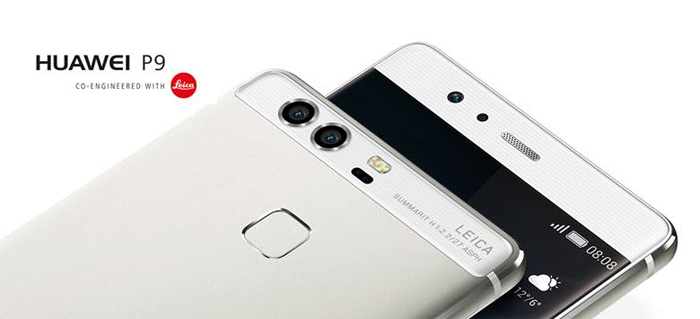Review – HUAWEI P9 Plus on concert photography

First of all, I would like to make it clear that for me it doesn’t matter the equipment used, but how we use it, that is, we don’t need the most expensive equipment to make good images, we do need to know how to take advantage of the equipment that we have available.
Of course, despite that I believe that we should have the right equipment for each situation. We will not use an F1 car to do Rally, F1 is still an excellent machine, but it is not the right machine for rally…
In the photograph, the right equipment can be very relative, even because it includes two distinct parts – lenses and body – but if we have to make a billboard several meters wide, a 10mpx sensor may be little, but if on the other hand, we just go using the images on a website, the same 10mpx sensor can be more than enough …
Introduction
This test is not intended to prove whether or not it is possible to use mobile phones to photograph concerts professionally, it is only intended to test the HUAWEI P9 Plus in concert environment. In my opinion, the simple fact of not being able to change lenses and not having several lenses to choose from, invalidates the use of this type of equipment professionally; but, it can be another interesting tool for those times when we need to send an image, right at the beginning of the concert, to a website, or even to the Facebook of the band or the producer that hired us to photograph.
Vejo em praticamente todos os espectáculos, alguém da produção ou até mesmo o road manager a fazer uma foto com o telemóvel para utilizar nas redes sociais, logo no inicio do espectáculo…
When the Chicago Sun Times newspaper in 2013 decided to fire all its photographers and started sending journalists to the field with iPhones to take the photograph, I thought it was crazy, and I still think, a journalist doesn’t have to be a photographer or have to have the technical knowledge to be, and in reporting you have to be free to do your job without worrying about photography, and even some articles have been written that prove that the choice was bad.
But regardless of the technical quality, I was always curious to see if the equipment would be able to handle it. I always wondered if a Smartphone would be able to produce images for use in the Media, which until now I never thought possible !, but after reading the technical specifications of the HUAWEI P9 Plus, I started to ponder that possibility.
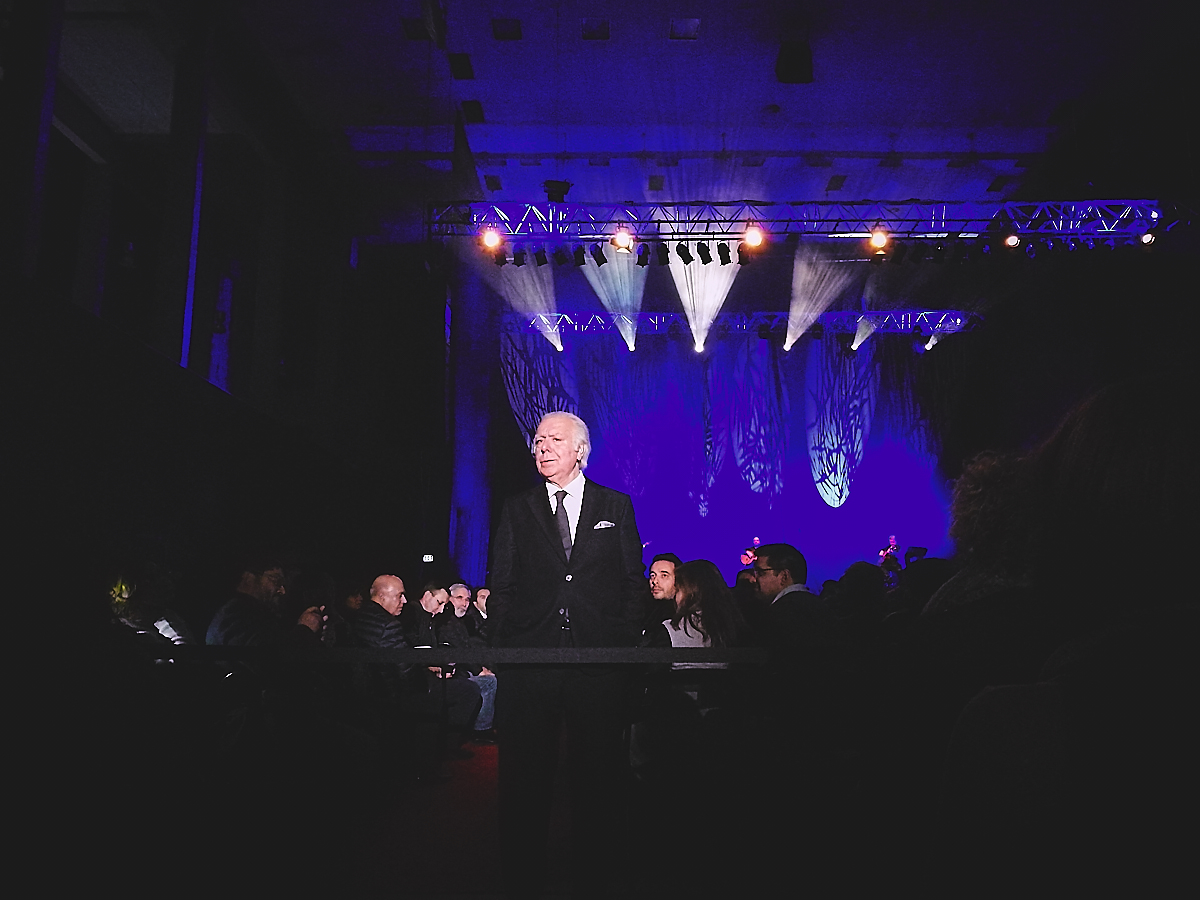 HUAWEI P9 PLUS | ISO:3200 – f/2.2 – 1/100s | @27mm
HUAWEI P9 PLUS | ISO:3200 – f/2.2 – 1/100s | @27mm
How I did the test
For this test, HUAWEI Portugal send me the HUAWEI P9 Plus.
I did the test during the Carlos do Carmo concert in the multi-purpose pavilion in Guimarães, I shot with my SLR and alternately with the HUAWEI P9 Plus.
All the images I took with the HUAWEI P9 Plus were without digital zoom, and I tried to get as close to the stage as possible.
The images in this article have been edited in the same way as I edit my concert photography images.
I only received the HUAWEI P9 Plus the day before the concert, so I didn’t have much time to know how it works, I am sure that now I would be able to take better advantage of it and get better results.
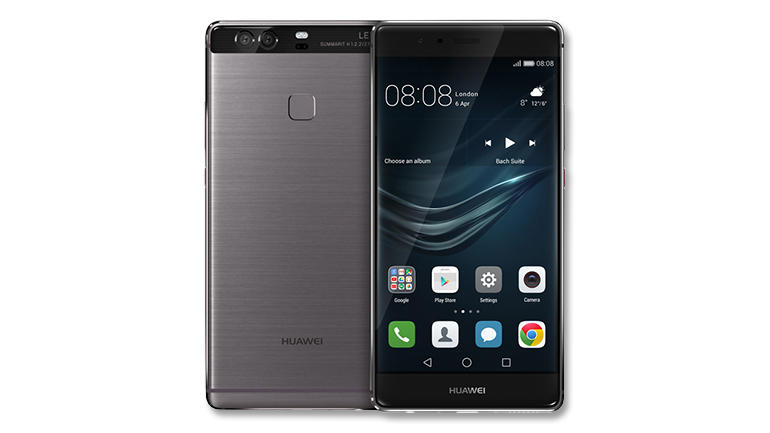 Foto:DR
Foto:DR
The Huawei P9 Plus
The qualities of the HUAWEI P9 Plus as a Smartphone matter little for this test, but some of its features turn out to be important, even when you only want to shoot with it.
For a long time I was a “victim” of the powerful Marketing that led me to believe that basically only two brands, of Smartphones, really matter… I couldn’t be more wrong!
The HUAWEI P9 Plus is beautiful, and despite being larger than the “normal” HUAWEI P9 even with its 152.3 x 75.3 x 7 mm I didn’t find it too big, the display has an excellent quality and has a resolution of 1080 x 1920 pixels.
The HUAWEI P9 Plus is very fast, equipped with an Octa-core processor, and with a “Mali-T880 MP4” graphics processor, all operation is fluid, even when shooting in the highest definition possible and in Raw.
The battery of the HUAWEI P9 Plus is impressive, even though it is a Li-Po 3400 mAh, it never seems to run out of battery, I wondered if I was doing something wrong, because it seemed to not use battery, for a week I just charged it turn! and this during a week in which the use was constant. The last load I did just as a precaution, but I really didn’t need to … impressive!
Foto:DR
The camera
The camera of the HUAWEI P9 Plus, was developed in partnership with Leica and has two 12Mpx sensors and a lens with a maximum aperture of f / 2.2 also from Leica and when shooting in RAW it makes an image in DNG and one in Jpeg with 3968 × 2976 pixels, the DNGs are about 22Mg each.
In addition to the possibility of shooting in RAW, we can manually control each of the camera parameters, in what Huawei calls Pro mode, in automatic mode it is possible to select many variants from Black and white, HDR, panorama etc.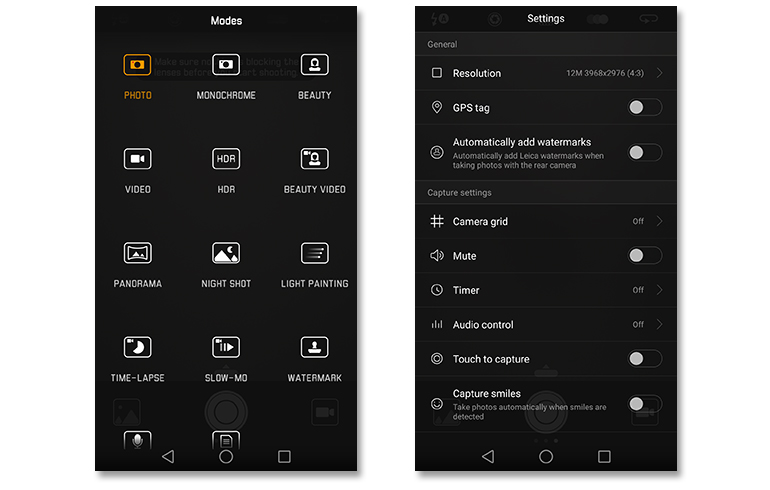
Foto:DR
The Test
At the beginning it was quite strange to be there, at the Pit, with a cell phone in hand … honestly I always thought that place is not for cell phones or tablets, but for professional SLRs, but in fact this can be prejudice. That place is for those who are working and for those who know what they are doing and for those who respect others who are working there, regardless of the tool they are using …
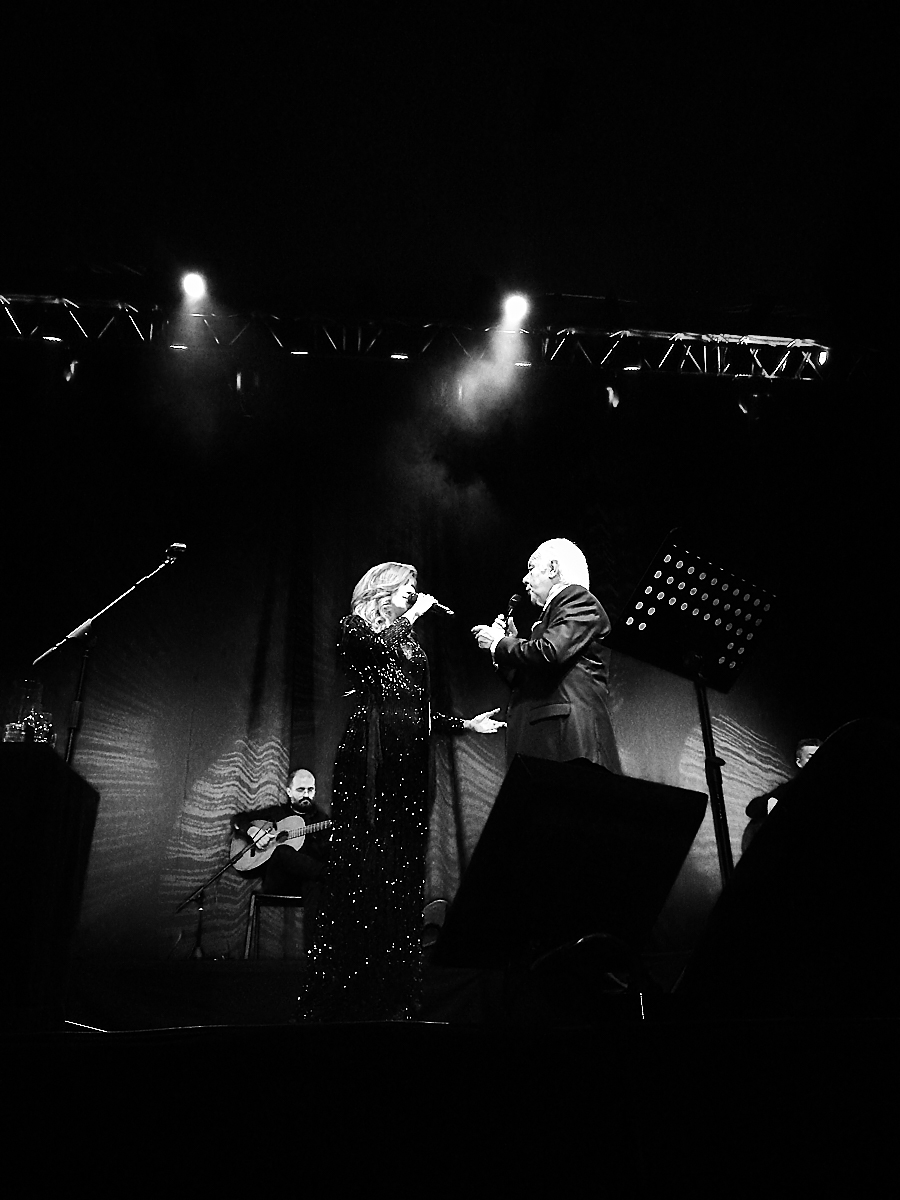 HUAWEI P9 PLUS | ISO:3200 – f/2.2 – 1/500s | @27mm
HUAWEI P9 PLUS | ISO:3200 – f/2.2 – 1/500s | @27mm
It is important to realize that in a sensor the most important thing, for image quality, is the size of each pixel and not the number of pixels. In this case we are talking about a sensor with 1 / 2.9 ″ and each pixel with 1.25 microns, which compared to a Canon 5DMkII with a 35mm sensor with 36.00mm x 24.00mm and with 6.41 micron pikel makes a very big difference…
Of course, you don’t get the same quality as an SLR, but the purpose of this test was to understand the ability of the HUAWEI P9 Plus, in making concert images to be used quickly on social networks and websites, and that, in my opinion, is something that he is perfectly capable of.
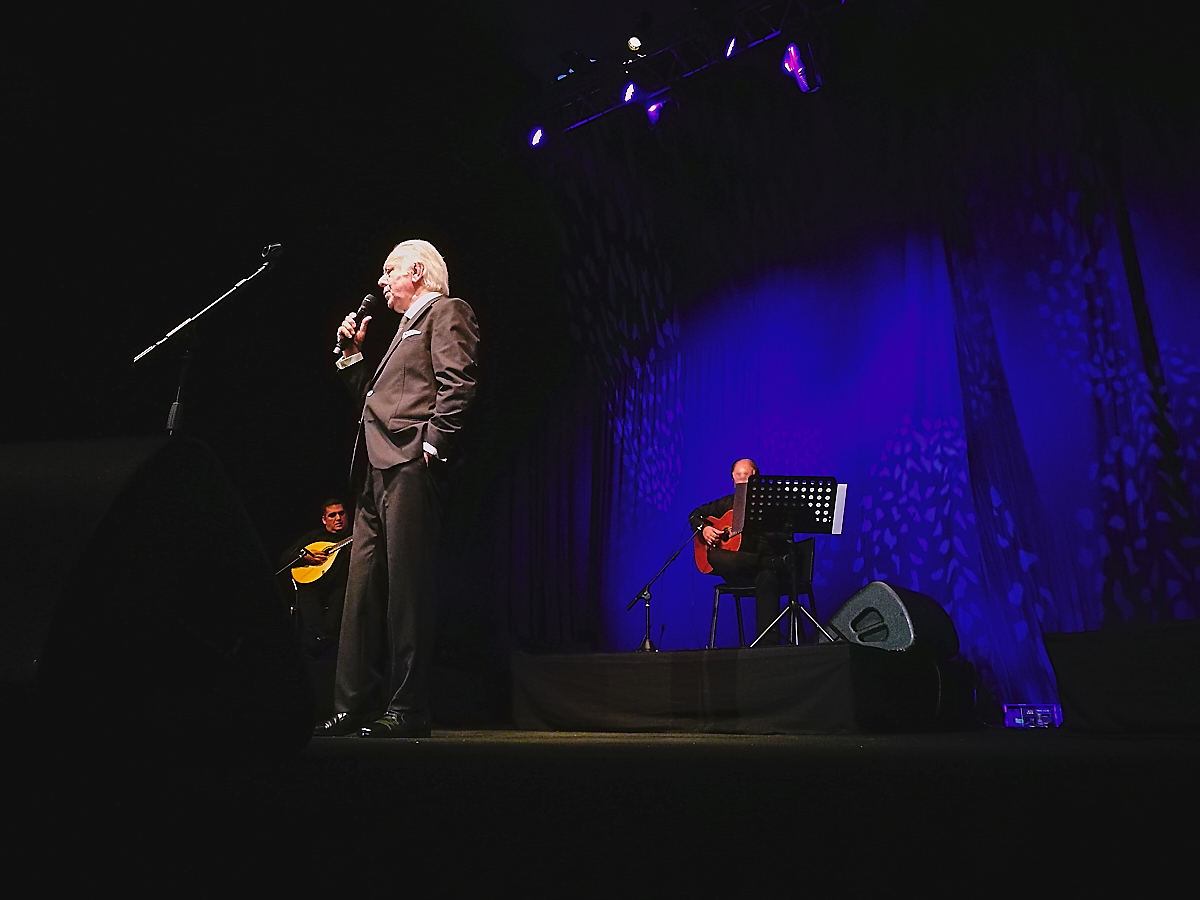 HUAWEI P9 PLUS | ISO:1250 – f/2.2 – 1/125s | @27mm
HUAWEI P9 PLUS | ISO:1250 – f/2.2 – 1/125s | @27mm
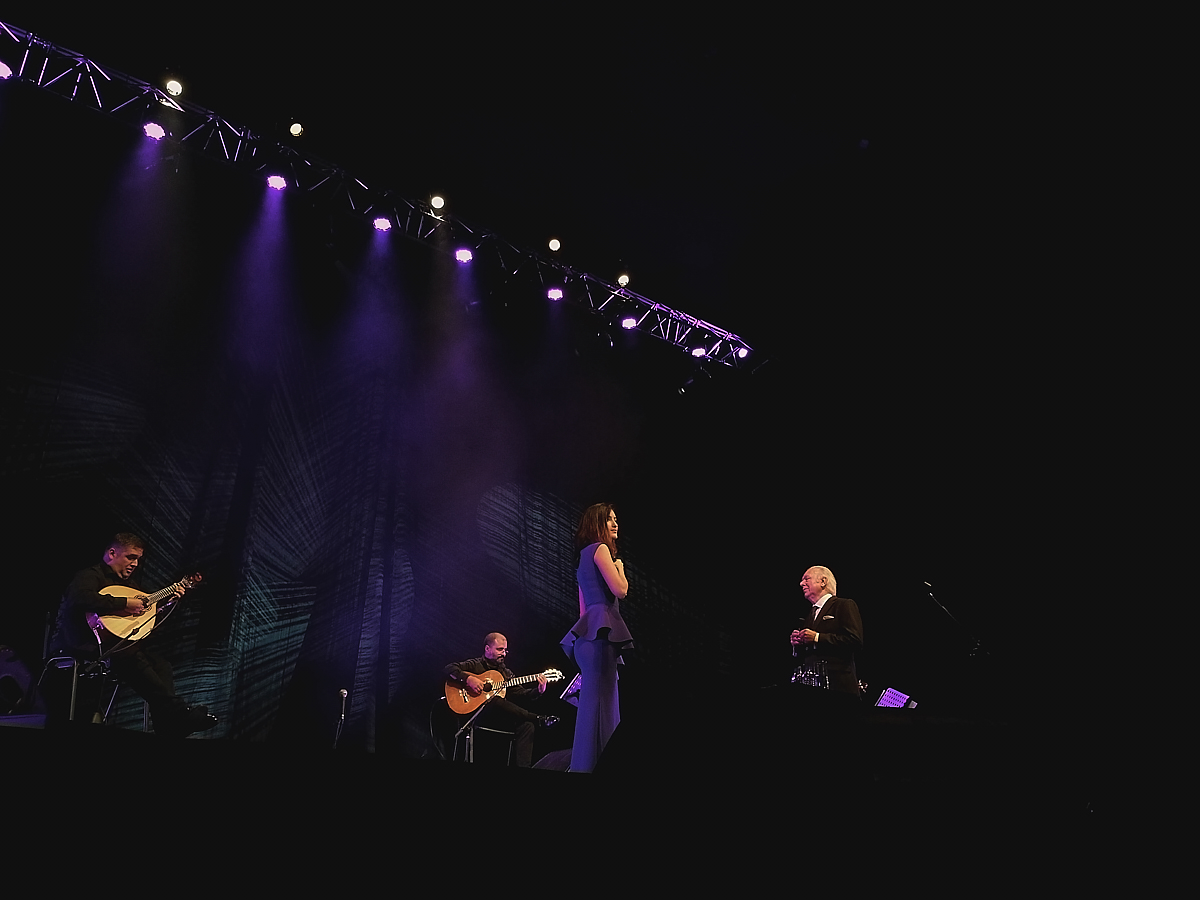 HUAWEI P9 PLUS | ISO:1250 – f/2.2 – 1/250s | @27mm
HUAWEI P9 PLUS | ISO:1250 – f/2.2 – 1/250s | @27mm
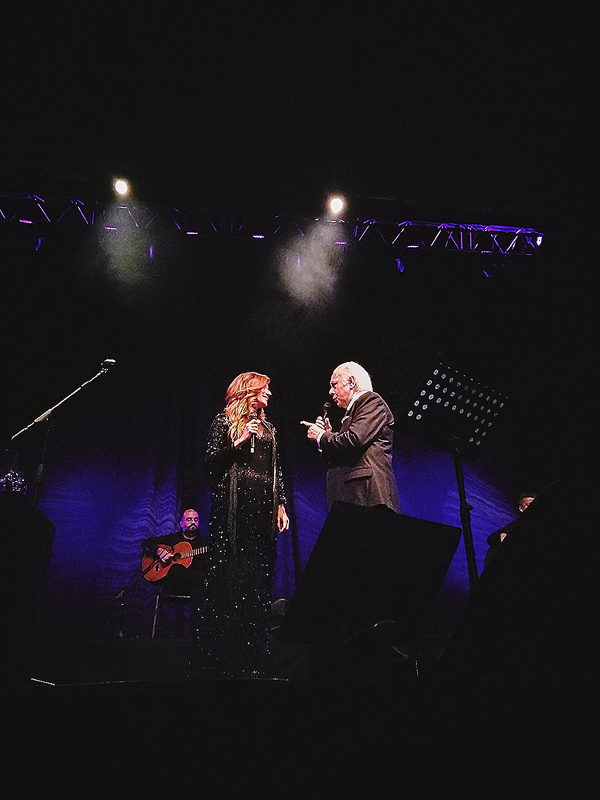 HUAWEI P9 PLUS | ISO:32000 – f/2.2 – 1/1000s | @27mm
HUAWEI P9 PLUS | ISO:32000 – f/2.2 – 1/1000s | @27mm

